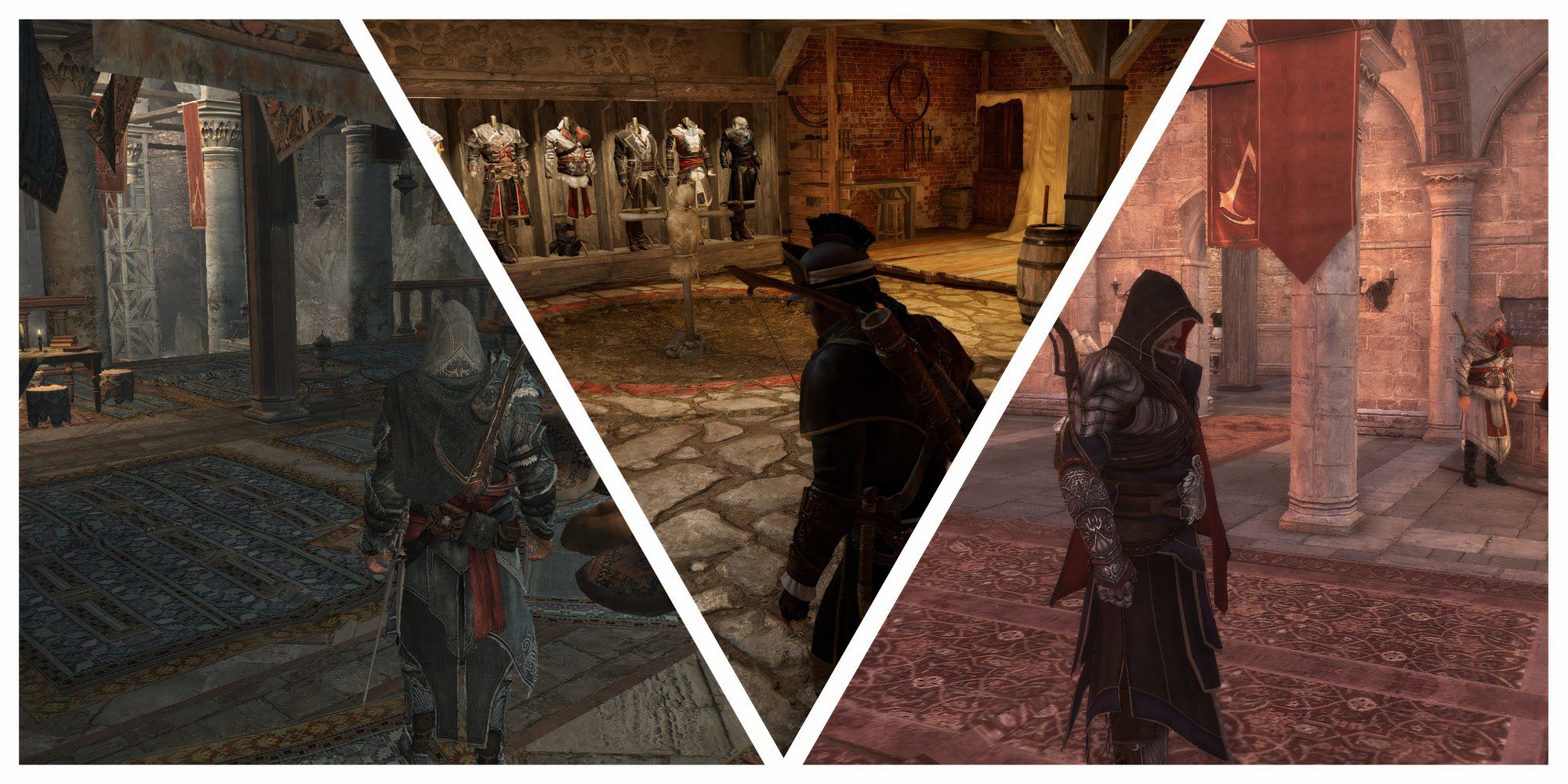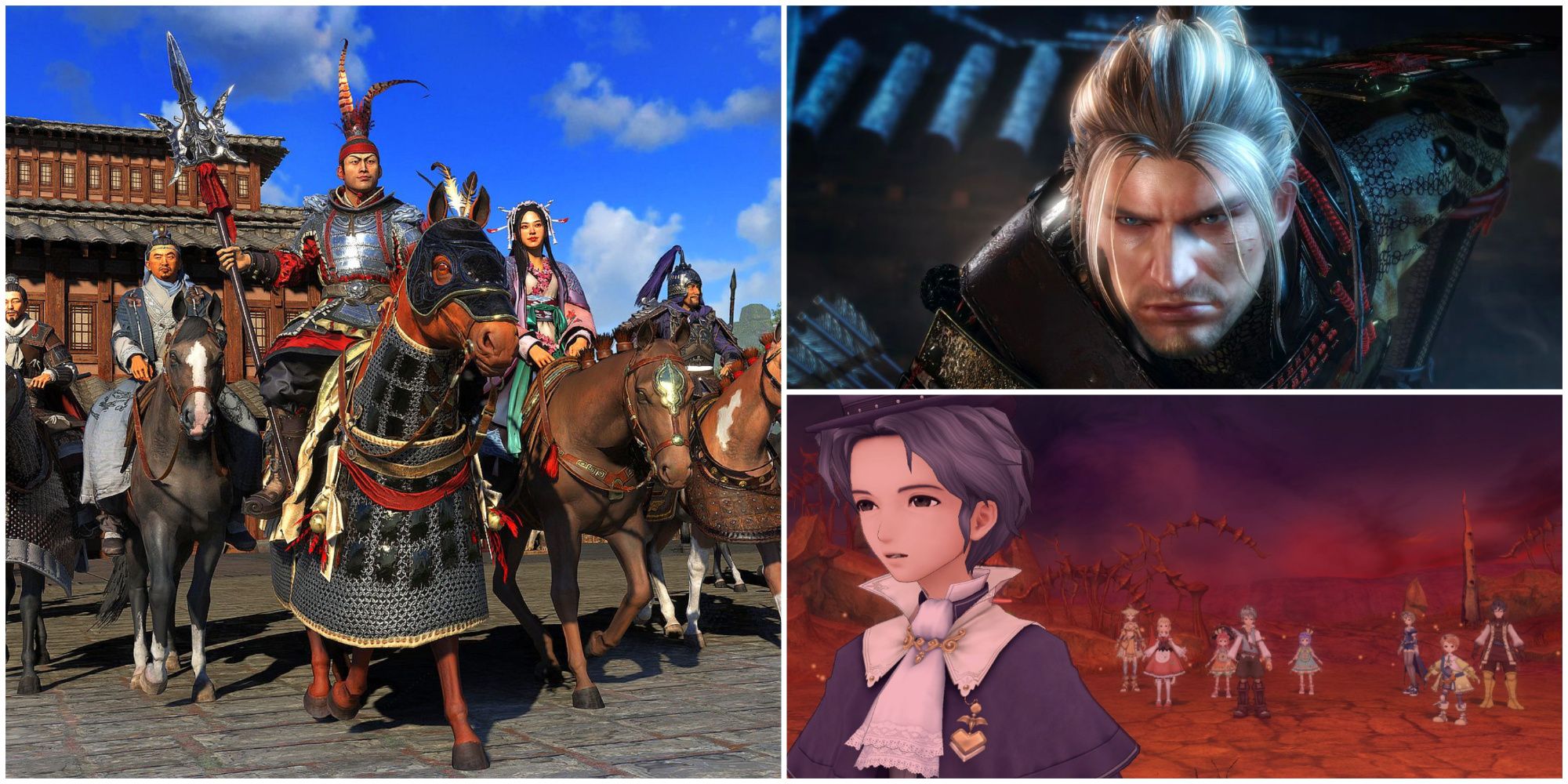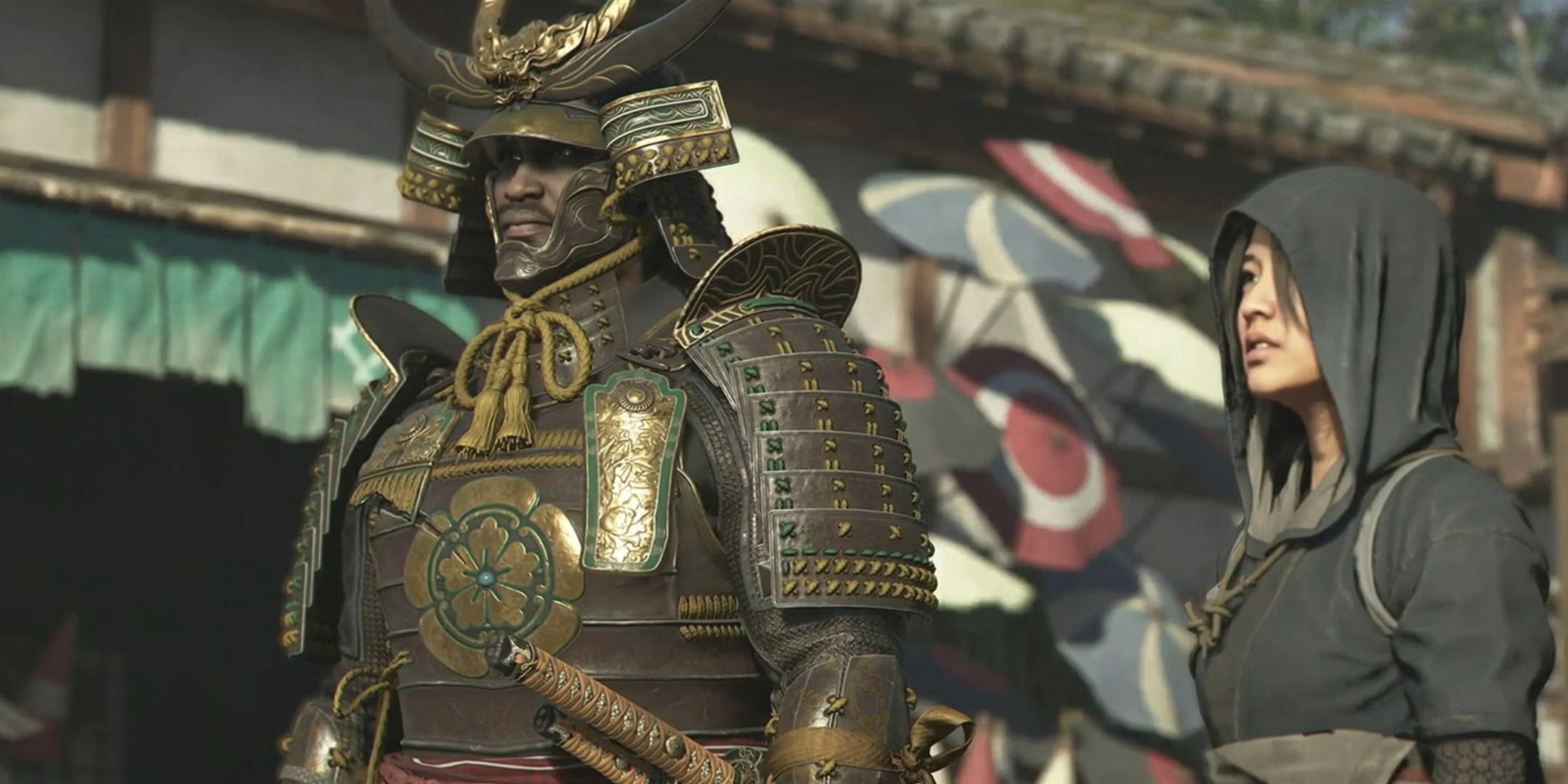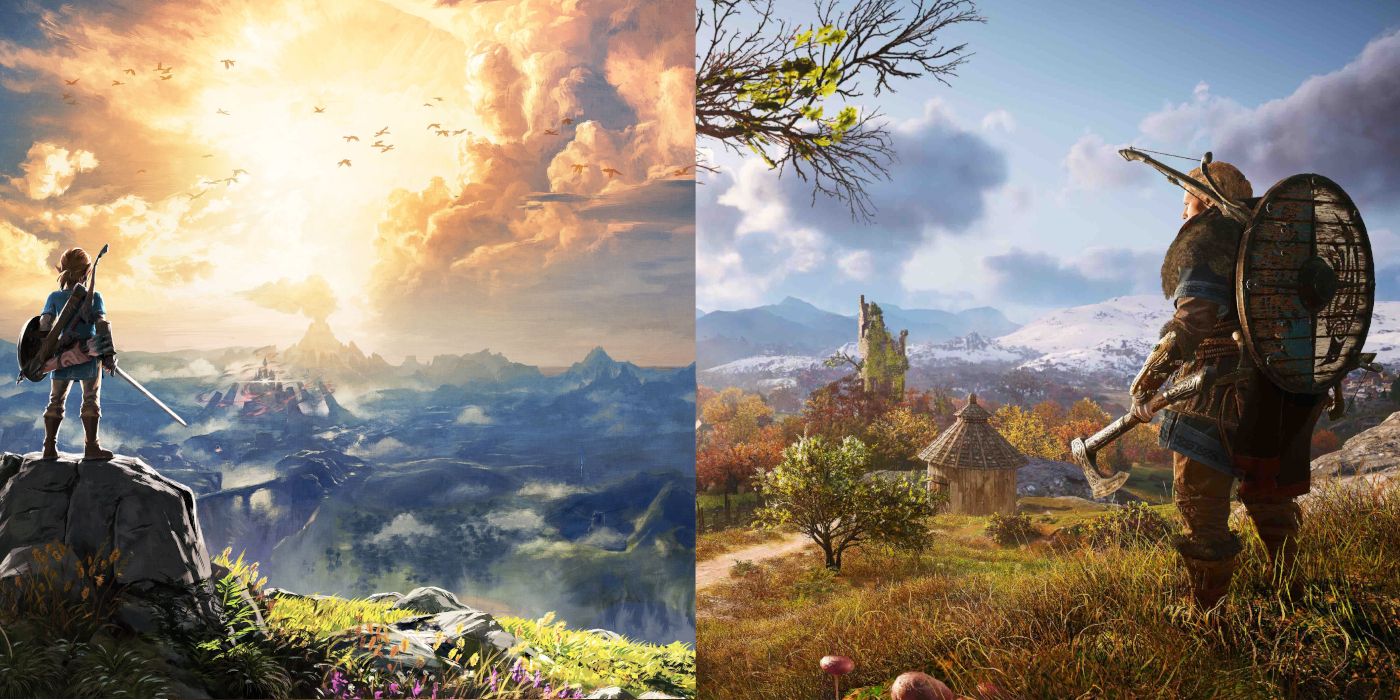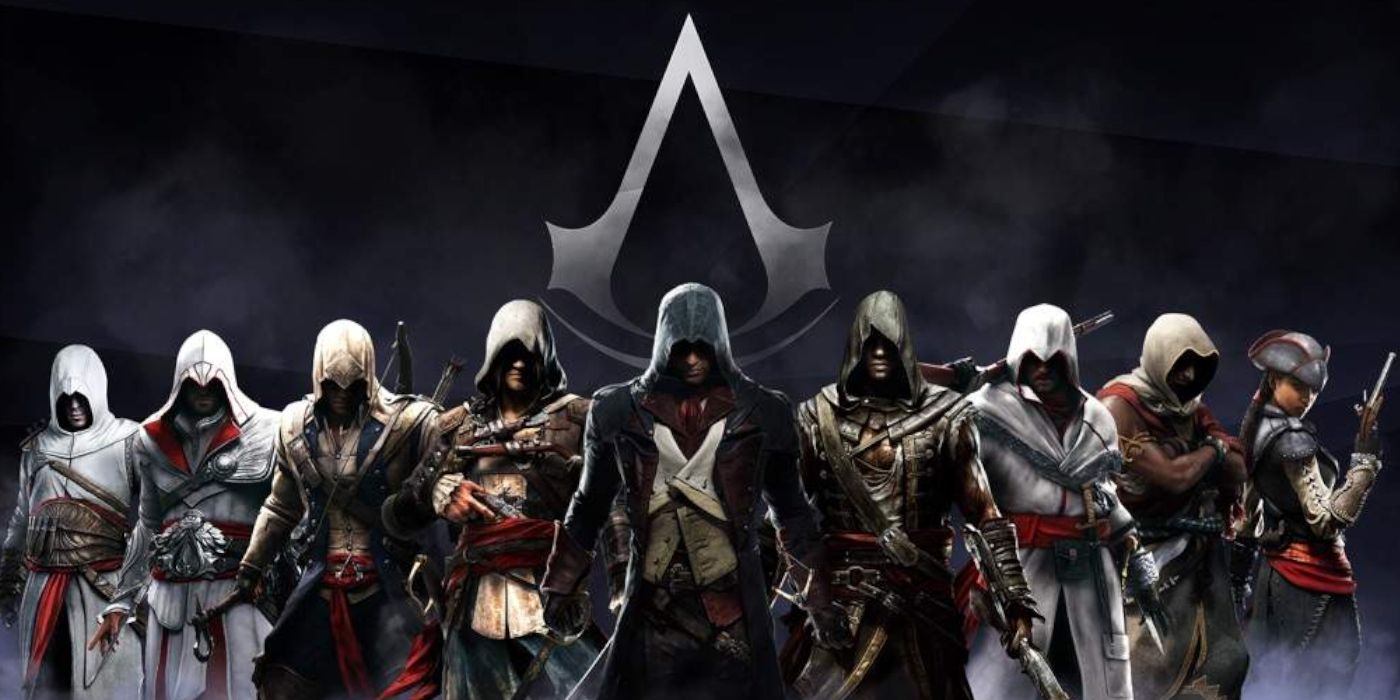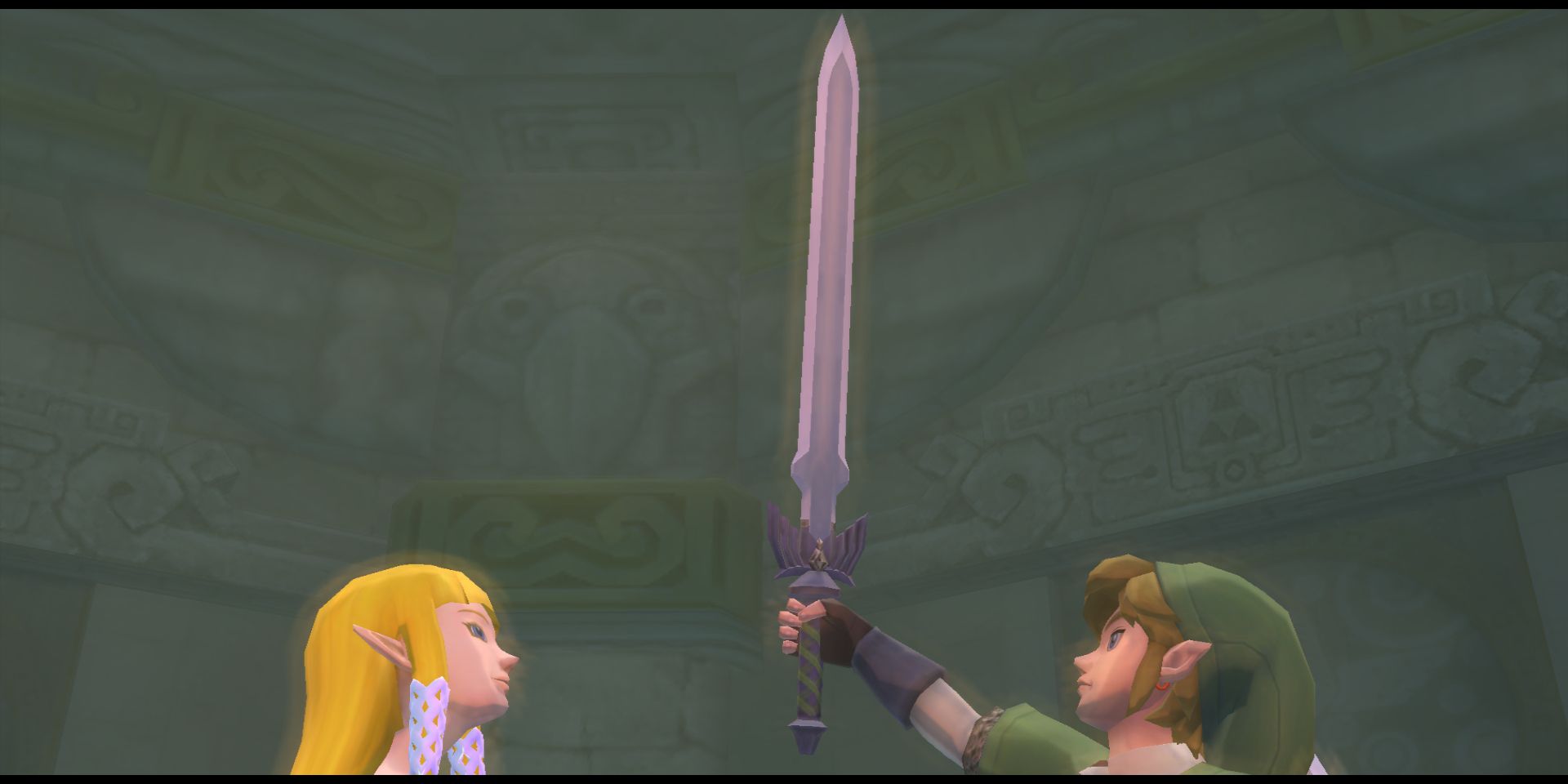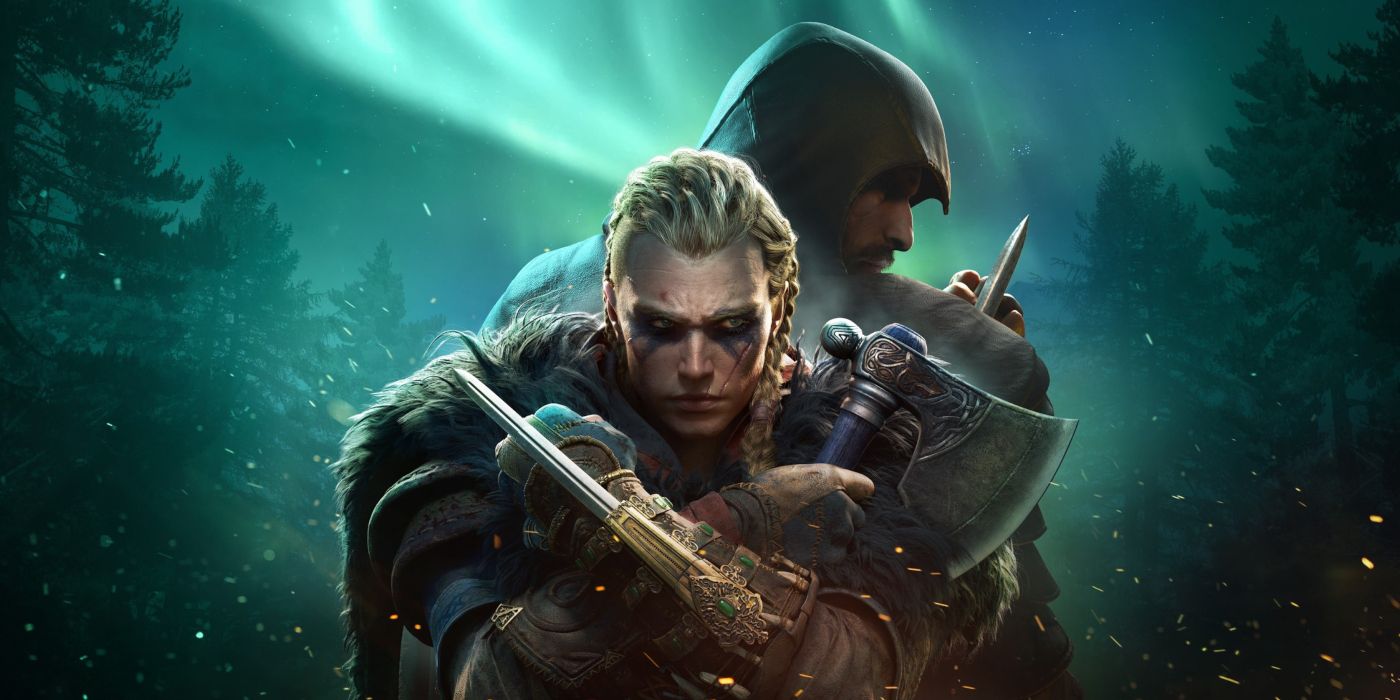Comparisons between Assassin’s Creed and The Legend of Zelda series are rare for good reason. One is a historical fiction franchise with sci-fi elements and bloody combat, while the other is an action-adventure series set in a fantasy world. However, there is reason to put the two series side by side.
There is a unique common thread that runs between both Assassin’s Creed and The Legend of Zelda as franchises that distinguishes them from most other game series. The different ways the games have handled this similarity, and the differing receptions they have received, have the potential to help both franchises learn from each other when forging paths forward.
The Assassin's Creed Structure
Almost all Zelda and Assassin’s Creed games share the same basic premise with the other games in their franchise. This will not surprise most fans - it makes sense for games in the same series to share common themes and characters. These two franchises, however, take the repetition of their basic structures to the extreme.
In almost every Assassin’s Creed game, there are a few things fans can take as a given. The main conflict in the game will be between the Assassins and the Templars. The player is usually dropped into the role of an Assassin in a new time period, but the balance of power is almost always tipped in favor of the Templars, with the Assassins as the underdogs for the sake of a compelling story.
This leads to gaps in the Assassin’s Creed timeline, such as the fact that Assassin’s Creed 3 ends in the almost total destruction of the North American Templars, while the order not only returns but is clearly dominant on the continent a few decades later. No matter how the story ends, each Assassin’s Creed game almost constitutes a soft reboot with a new setting, and while characters like Ezio Auditore stand out, the plots usually are primarily focused on a never-changing, never-ending conflict behind the scenes of history.
Though Assassin’s Creed Valhalla abandons the traditional Templars and Assassins, the new game simply replaces with them with two precursor organizations. The only real difference is the change in names, which is a necessary change for most of the stories which take place before the Third Crusade, the setting of the first Assassin’s Creed and the historical basis for the actual Nizari Assassins and the Knights Templar.
Any mythological aspect of Assassin’s Creed’s universe can be traced to the First Civilization, the Isu. This leads to similar points in many of the Assassin’s Creed games where the Assassin protagonist discovers a message left by the Isu. Ezio received messages from the Isu Minerva, Connor in Assassin’s Creed 3 speaks to Juno, and so on. Fans can expect that the new game's Valhalla will be related to the Isu in some way.
The Assassin’s Creed games are almost always bookended by segments in the present day, with modern people experiencing their ancestors’ memories through the Animus. Originally it was Desmond Miles experiencing his ancestor’s memories through his DNA, but the trend has continued despite these plotlines usually being broadly irrelevant to the main story of the game.
The Legend of Zelda Structure
The Legend of Zelda games also almost always constitute something of a soft reboot with the same basic structure. The player is Link, they have to stop Ganon on behalf of Princess Zelda, and in doing so they come into contact with a few key returning artifacts and even characters despite the difference in time between the games.
Link almost always completes trials which allow him to come into possession of the Master Sword, for example. The different parts of the Triforce – the Triforce of Wisdom, the Triforce of Power, and the Triforce of Courage – usually feature in a similar role to Pieces of Eden in Assassin’s Creed as artifacts of relatively arbitrary but immense power.
There are a few exceptions, such as Majora’s Mask, and it’s worth noting that some Links are supposed to be the same, such as the Link in Majora’s Mask and Ocarina of Time. Though Majora's Mask does go down a different route in that that Link had already face down Ganondorf in Ocarina of Time.
So the question is, how then do these two franchises avoid feeling overly repetitive? And how can they learn from one another’s solutions to this challenge?
Staying Fresh
With Assassin’s Creed the answer usually lies in the place and time shift introducing new cities, new historical figures, and new aesthetics. Zelda games, on the other hand are almost always set in the Kingdom of Hyrule. One big problem facing Breath of the Wild 2 is how it will make the Hyrule map of the last game feel original, with some fans hoping that the game would take players to a new location until the use of the original map was confirmed by Nintendo.
Zelda games generally stay fresh by introducing new unique mechanics and tweaking the genre slightly, such as Breath of the Wild’s immense open world, Majora’s Mask’s looping day, or the Ocarina of Time itself. Assassin’s Creed has begun to make a genre shift as well, with Assassin’s Creed Odyssey even doing away with the series’ iconic hidden blades and introducing far stronger RPG elements to the mix with different dialog choices.
Of both series, Assassin’s Creed’s almost yearly output since the first release in 2007 perhaps makes it the more likely franchise to burn out, though for now both franchises are going strong. The developers at both Ubisoft and Nintendo should look to how the other franchise keeps itself fresh despite repeating the same basic structure if they are going to continue to tell similar stories in the future.
Assassin's Creed Valhalla launches on November 10th for PC, PlayStation 4, Stadia, Xbox One, and Xbox Series X/S. It will release for PlayStation 5 on November 12th.

